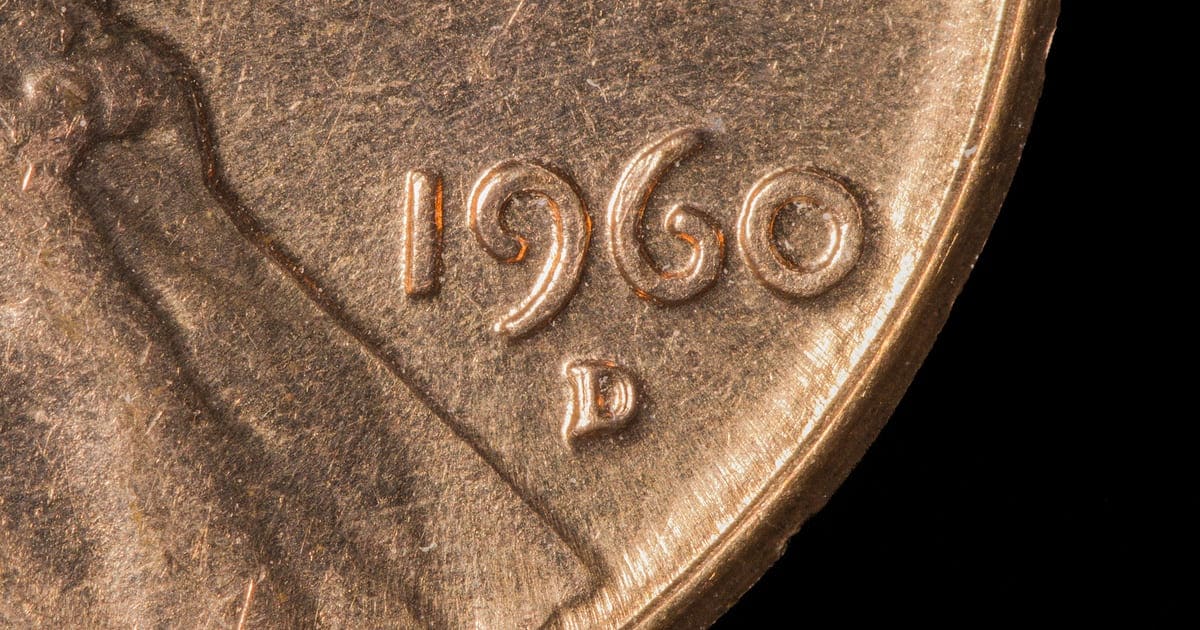
Learn About the Four Major U.S. Mints
On April 2, 1792, the United States Congress passed the Coinage Act, recognizing it was imperative for the young country to develop a legitimate and trusted currency system. Soon after, the first public building erected by the American government was constructed in Philadelphia, Pennsylvania.
The U.S. Mint represents the most traditional of American values and takes pride in their coins and their ability to hold value and connect generations of Americans. The U.S. Mint is the only producer of legal-tender coins in the country, but they also produce numismatic products such as proof sets and uncirculated coins. Today, the mint operates in four different locations stretching across the nation with its headquarters in Washington D.C.
So just where are coins minted in the U.S.?
Philadelphia Mint
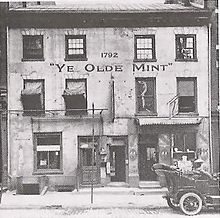
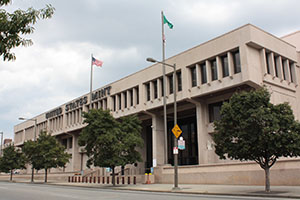
The Philadelphia Mint holds a significant place in American history as the first official mint of the United States. Established in 1792, it was authorized by the Coinage Act passed by Congress and signed into law by President George Washington. The mint’s establishment was crucial for the budding nation as it sought to establish its economic independence and stabilize its currency.
Initially in Philadelphia’s Ye Olde Mint building, the Philadelphia Mint later moved to a larger facility at 5th and Arch Streets in 1833, where it operated for over a century. Throughout its history, the Philadelphia Mint played a vital role in producing coins for circulation, including gold, silver, and copper coins.
Notable coins minted in Philadelphia include the famous Liberty Head designs, Morgan silver dollars, and the iconic Lincoln cents. Additionally, it produced numerous commemorative coins and medals, contributing to American numismatic history.
Over time, the Philadelphia Mint expanded its operations and modernized its facilities to meet the growing demand for coinage. Today, it continues to produce coins for circulation and collectibles, serving as one of the nation’s primary minting facilities.
Uncirculated coin sets from the Philadelphia Mint are marked with a “P.”
San Francisco Mint
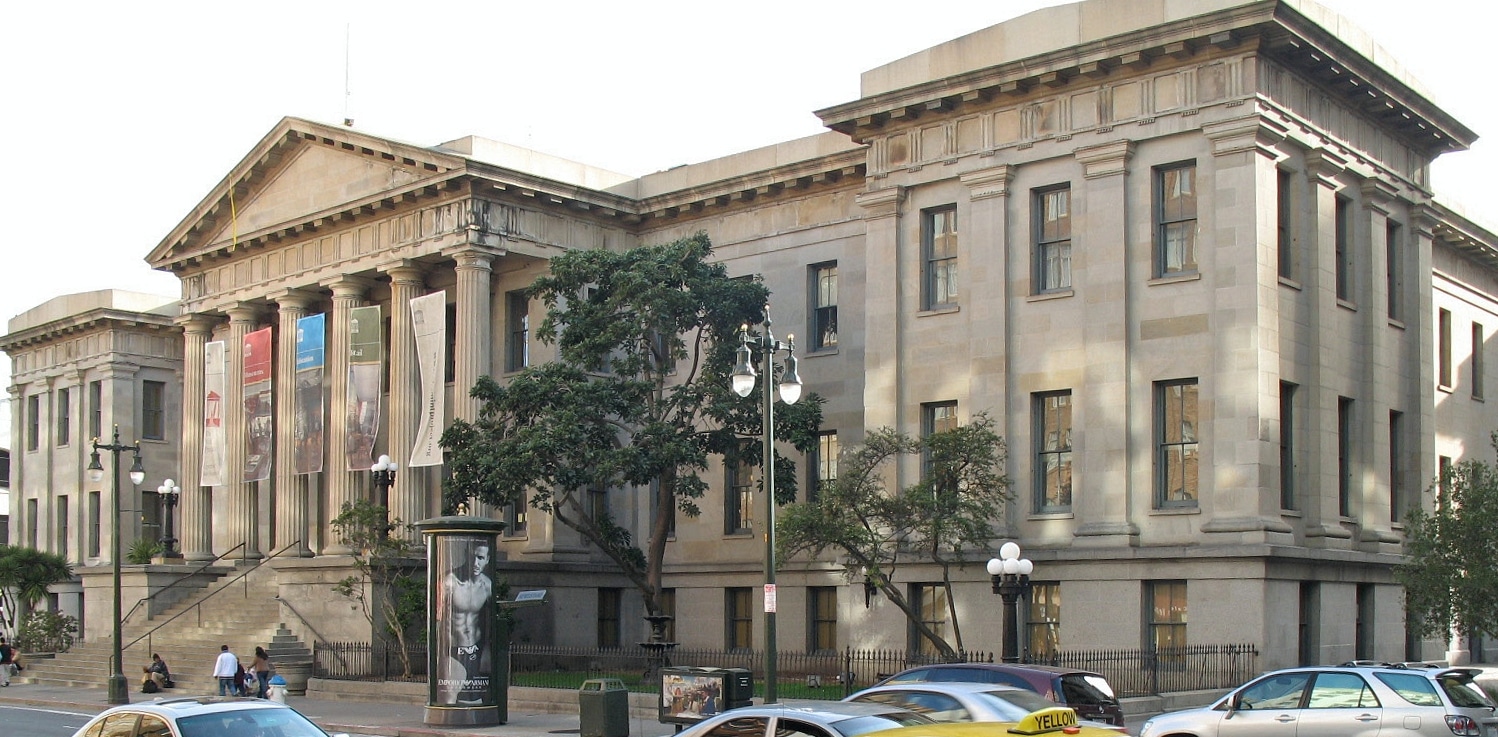
The San Francisco Mint has a rich history closely intertwined with the economic development of the American West. Established in 1854 in response to the California Gold Rush, it played a crucial role in converting the region’s gold and silver into coinage, helping to stabilize the economy and facilitate trade.
During the mid-19th century, California experienced a massive influx of gold miners seeking their fortunes. The abundance of precious metals led to the establishment of the San Francisco Mint to meet the growing demand for coinage in the region. Its location was strategic, being close to the major gold fields and shipping routes.
The San Francisco Mint quickly became one of the most important minting facilities in the United States, producing significant quantities of gold coins, primarily Double Eagles ($20 gold coins) and silver coins like the Seated Liberty series.
Throughout its history, the San Francisco Mint faced various challenges, including the devastating 1906 earthquake and fire that damaged the building but left its vaults intact, preserving millions of dollars’ worth of gold and silver. The mint resumed operations shortly after the disaster and continued to produce coins for circulation.
In addition to circulating coinage, the San Francisco Mint also minted commemorative coins and medals, contributing to American numismatic history. The mint no longer makes circulating coins today. Instead, they produce regular and proof silver coin sets.
Today, the San Francisco Mint operates as a museum and historic site, showcasing its rich legacy and offering visitors a glimpse into the fascinating world of coinage production in the American West.
You can identify their coins by the “S” mintmark that may be engraved on their face.
Denver Mint
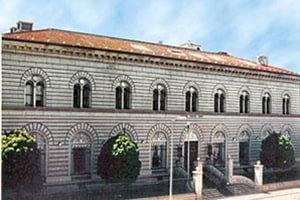
The Denver Mint, established in 1906, emerged in response to the booming mining industry in the Rocky Mountain region, particularly in Colorado. Its establishment was prompted by the need to convert the vast quantities of gold and silver mined in the area into coinage, supporting economic growth and stability.
Located in Denver, Colorado, the mint played a vital role in expanding the nation’s coinage capacity, especially during times of high demand for precious metals. Initially focusing on minting gold and silver coins, the Denver Mint soon became essential to the United States Mint system.
One of the Denver Mint’s notable contributions to American numismatics is the production of the iconic Morgan silver dollars, which were minted in large quantities from 1921 to 1928 and again in 1934 and 1935. These coins hold historical significance and are highly sought after by collectors today.
Throughout its history, the Denver Mint has adapted to meet the evolving needs of the nation’s coinage system, expanding its facilities and modernizing its operations. It has played a crucial role in producing circulating coinage, commemorative coins, and bullion products, contributing to the nation’s economic infrastructure and numismatic heritage.
Today, the Denver Mint continues to operate as one of the United States Mint’s primary production facilities, producing coins for circulation, numismatic purposes, and investment. Its legacy as a cornerstone of American coinage remains deeply rooted in the history of the Rocky Mountain region and the nation.
You can identify their coins by the “D” mintmark engraved on their face.
West Point Mint
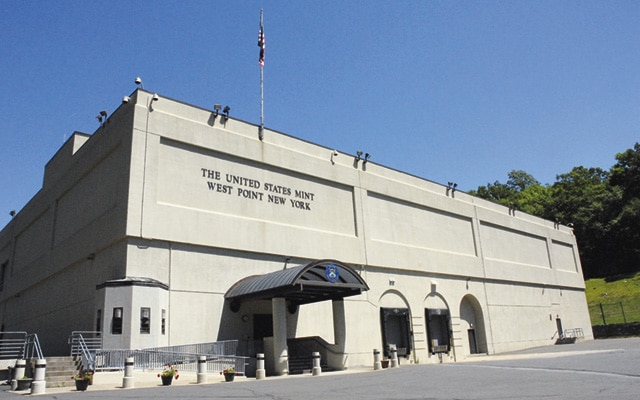
The West Point Mint, located in New York, has a unique history closely tied to the United States’ evolving economic needs and strategic considerations. Established in 1937 as the West Point Bullion Depository, its primary purpose was to store silver bullion and provide a secure location for the nation’s precious metal reserves.
During World War II, the West Point Bullion Depository was crucial in safeguarding precious metals and supporting the war effort. Its strategic location away from the coast made it less vulnerable to potential enemy attacks.
In 1988, the facility was officially designated as the West Point Mint and began producing coins for circulation and collectors. Its first production run included commemorative gold and silver coins to mark the Seoul Olympics.
Over the years, the West Point Mint has expanded its operations and capabilities, becoming a key player in the United States Mint system. It specializes in producing proof and uncirculated versions of commemorative and bullion coins, including the American Eagle series and special edition coins celebrating various aspects of American history and culture.
The West Point Mint’s contributions to American numismatics are significant, with its coins prized by collectors for their quality and craftsmanship. Its continued operation reflects its enduring importance in supporting the nation’s coinage needs and preserving its numismatic heritage.
The West Point Mint is identifiable by its distinctive “W” mint mark, which is typically found on the obverse side of coins.
The United States Mint facilities, including the Philadelphia, San Francisco, Denver, and West Point Mints, stand as pillars of American numismatic history and economic infrastructure. From their humble beginnings to their current roles in producing coins for circulation, collectors, and investors, these mints have played vital roles in shaping the nation’s currency system and preserving its heritage.
Whether it be the pioneering efforts of the Philadelphia Mint, the influence of the San Francisco Mint during the Gold Rush era, the contribution of the Denver Mint to the Rocky Mountain region’s economy, or the strategic significance of the West Point Mint, each facility embodies a unique chapter in the story of American coinage.
As we look to the future, these mints continue to serve as symbols of excellence and innovation, ensuring the legacy of American coins endures for generations to come.




